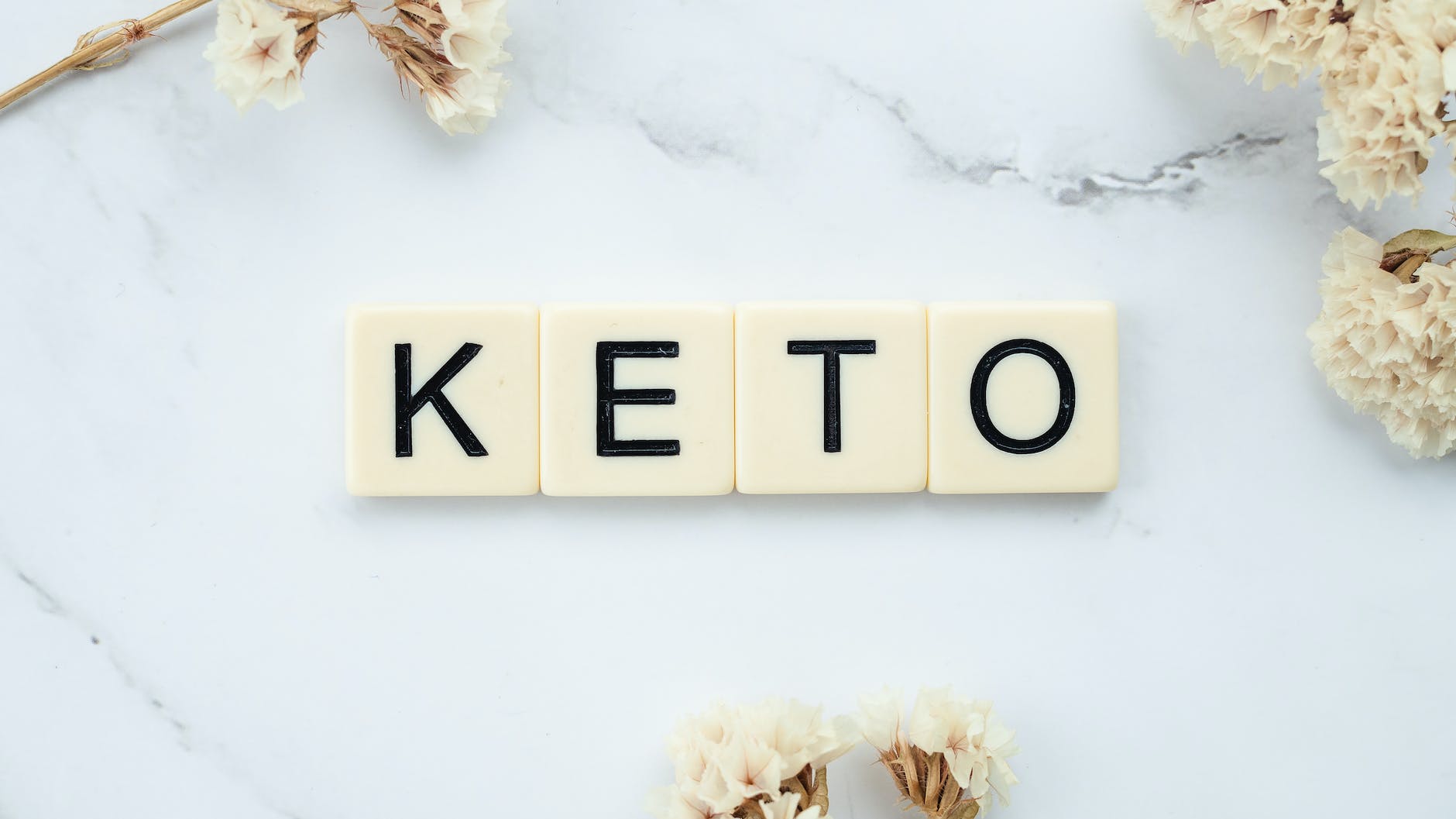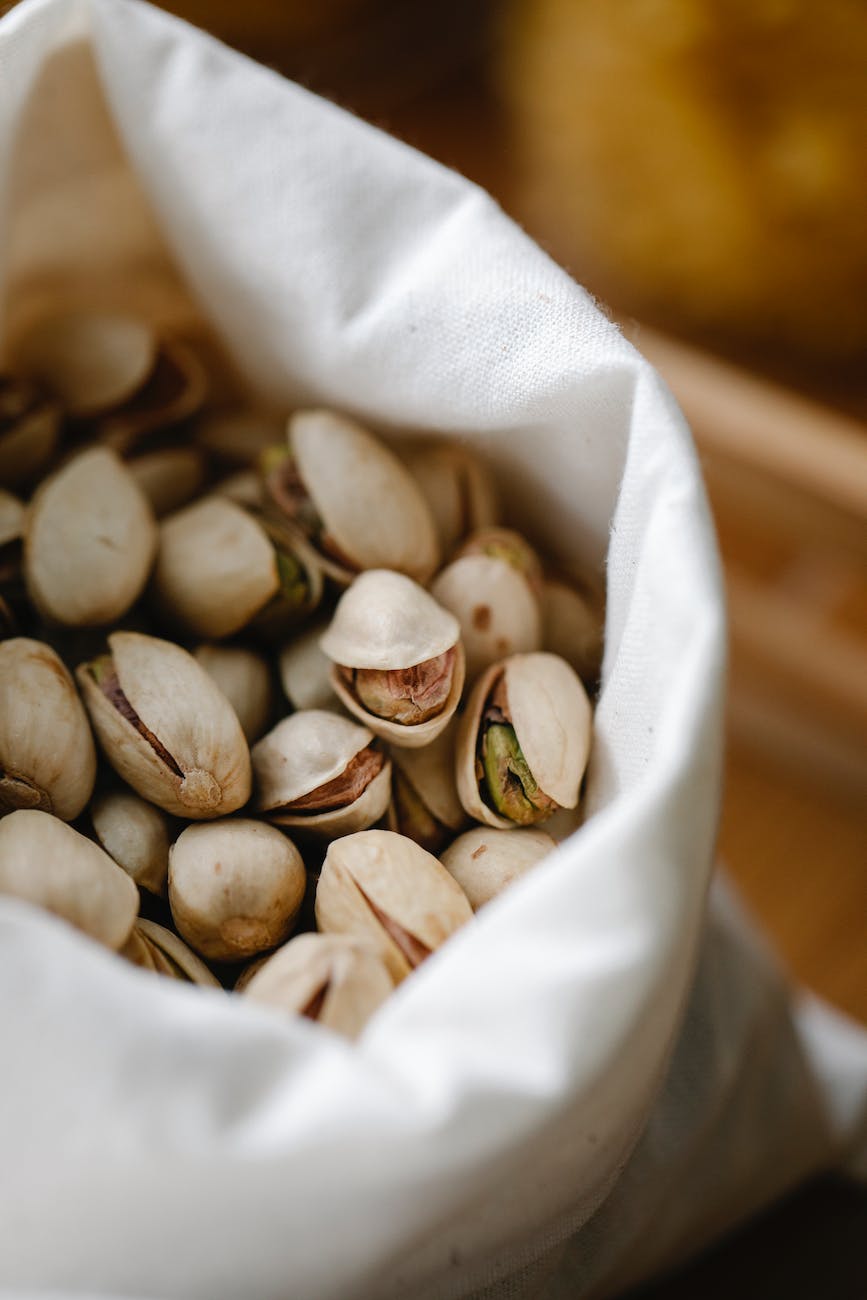
The ketogenic (keto) diet has gained immense popularity for its potential weight loss and health benefits. It’s a low-carb, high-fat, and moderate-protein diet that shifts the body’s metabolism from burning glucose to burning fats. With this shift, many wonder about the role of milk, a staple in many diets, in the keto framework. Let’s dive deep into understanding which types of milk are keto-friendly and which ones you might want to avoid.
1. Coconut Milk: A Keto Favorite
Coconut milk, especially the unsweetened variety, is a favorite among keto dieters. It’s rich in fats and low in carbs, making it an excellent choice for those on a strict carb limit.
- Carb Content: Unsweetened coconut milk contains approximately 1-2 grams of carbs per cup.
- Benefits: Apart from being keto-friendly, coconut milk is also dairy-free, making it suitable for those with lactose intolerance or dairy allergies.
2. Cow’s Milk: Tread with Caution
Traditional cow’s milk is higher in carbs due to its lactose content. While it’s rich in nutrients like calcium and vitamin D, its carb content can quickly add up on a keto diet.
- Carb Content: An average cup of whole cow’s milk contains about 12 grams of carbs.
- Keto Verdict: It’s best to limit or avoid cow’s milk on a keto diet. However, if you must, opt for full-fat versions and consume in moderation.
3. Almond Milk: A Low-Carb Alternative
Unsweetened almond milk is another excellent milk substitute for the keto diet. It’s low in carbs and calories, making it a popular choice among keto enthusiasts.
- Carb Content: Unsweetened almond milk contains about 1-2 grams of carbs per cup.
- Benefits: Almond milk is also dairy-free and is often fortified with vitamins and minerals.
4. Lactose-Free Milk: Not Necessarily Keto
While lactose-free milk is beneficial for those with lactose intolerance, it’s not necessarily low in carbs.
- Carb Content: The carb content is similar to regular cow’s milk, with about 12 grams of carbs per cup.
- Keto Verdict: Like cow’s milk, it’s best to limit or avoid lactose-free milk on a keto diet.
5. Other Keto-Friendly Milk Options
There are several other milk alternatives that keto dieters can enjoy:
- Macadamia Milk: Low in carbs and has a creamy texture.
- Flax Milk: Made from flax seeds, it’s low in carbs and often fortified with additional nutrients.
- Cashew Milk: Ensure it’s unsweetened, as it’s naturally low in carbs.
Conclusion
While traditional cow’s milk might not be the best choice for those on a keto diet, several alternatives can fit into a low-carb lifestyle. Always check the nutritional label and opt for unsweetened versions to ensure you’re staying within your carb limits.
FAQs
- Why is unsweetened almond milk considered keto-friendly?
Unsweetened almond milk is low in carbs, typically containing 1-2 grams per cup, making it a suitable choice for a keto diet. - How does lactose-free milk compare to regular milk in terms of carbs?
Lactose-free milk has a similar carb content to regular cow’s milk, averaging around 12 grams per cup. - Can I consume dairy products on a keto diet?
While some dairy products, like hard cheeses and heavy cream, are keto-friendly, others like milk can be high in carbs. It’s essential to check the nutritional information and consume dairy in moderation. - Is there a specific amount of milk I can have on keto?
The amount depends on the type of milk and its carb content. For instance, while you might want to limit cow’s milk, you can consume more generous amounts of unsweetened almond or coconut milk. - Are there any benefits of consuming milk on a keto diet?
Milk alternatives like almond and coconut milk can provide essential nutrients and are low in carbs, making them beneficial for those on a keto diet.
Blog Tags:
Keto Diet, Milk on Keto, Coconut Milk, Almond Milk, Lactose-Free, Dairy on Keto, Low-Carb Diet, Keto-Friendly Milk, Nut Milk, Dairy Alternatives.












